Banisters? Balustrades? Railings? Yes, Stairs Are Confusing — This Is Your Guide to Understanding What's What
The experts explain the differences between all the options, so you can make sure you're taking the right steps for your home.

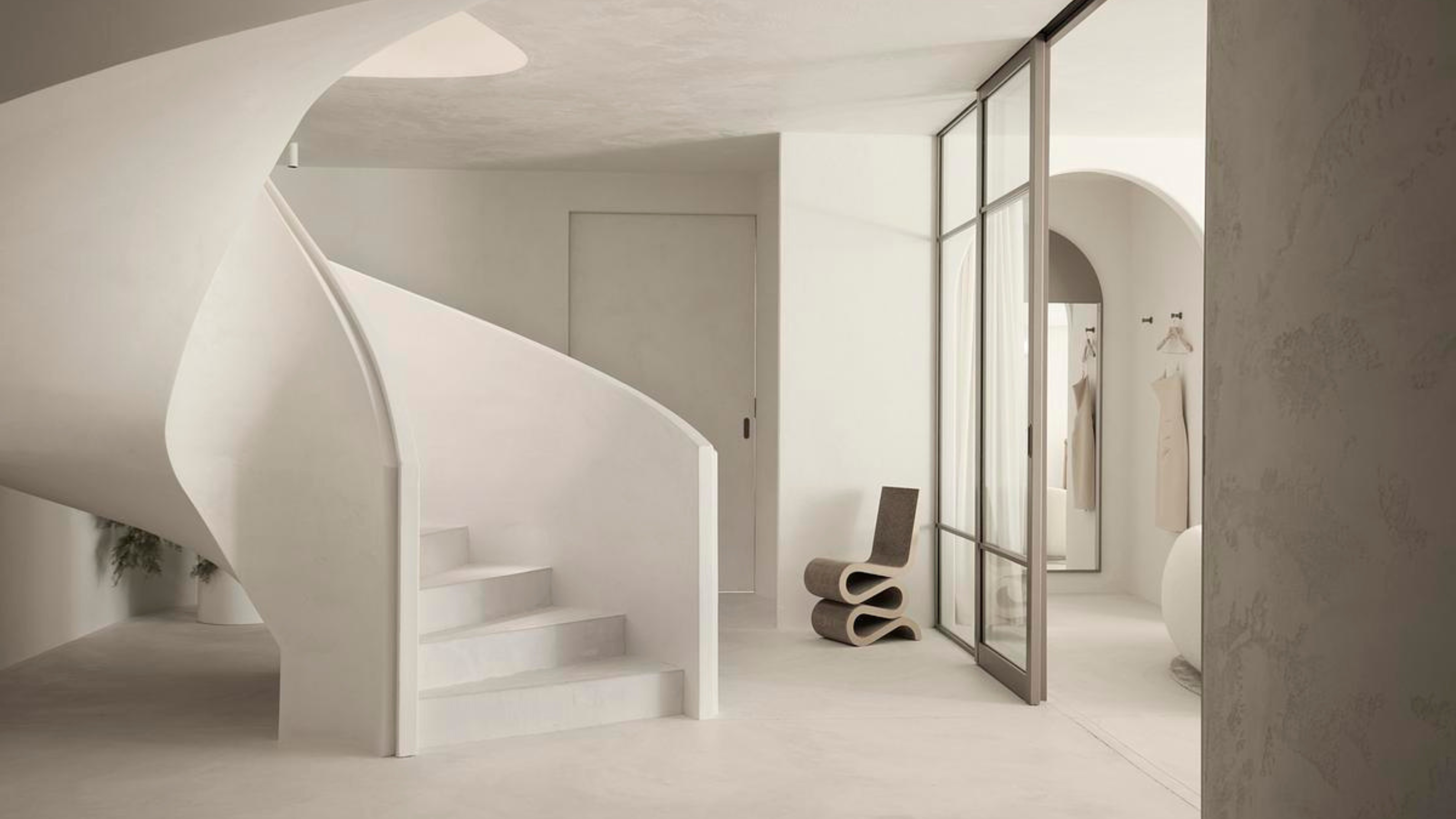
Could you confidently say you know the difference between a balustrade, a banister, and a railing? No? Don't worry, neither could I.
Sometimes, home design jargon can feel like a completely different language. With a million and one terms to learn, many of which draw from French, Italian, and Latin, we've often found ourselves praying for an architectural encyclopedia or a design dictionary to help us through. Now, while this isn't quite an all-encompassing guide to the whole world of design, it's a good place to start.
After all, these are the features that are integral to the safety of your home. Without some kind of protective layer or support, your beautiful staircase ideas can quickly turn into a major health and safety risk, which is never the look we're going for. But they aren't just a protective necessity. These additions hold the power to transform your staircase from merely a means to an end to a standout design feature.
And we aren't the first to realize this. Decorative balustrades can be found featured in surviving structures from Ancient Greece, Ancient Rome, and Ancient Egypt. So, it seems like it's about time we got clued up with all the stairway jargon.
What Is a Balustrade?
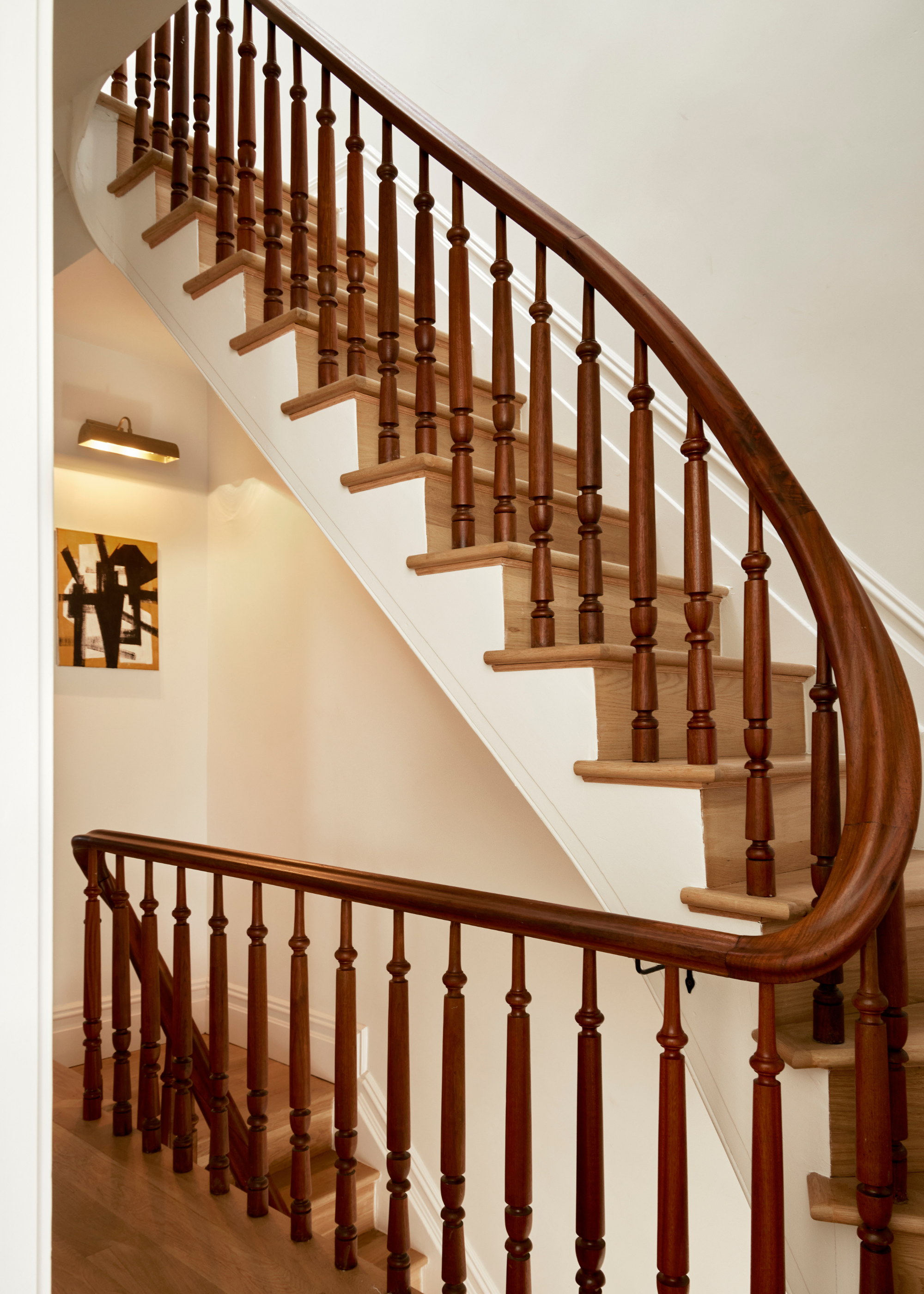
The balustrade is a logical place to begin our explanation, as the most all-encompassing term in our lineup, the balustrade refers to the larger structure into which the following terms slot.
As the interior design duo, the Brownstone Boys explain, "A balustrade is the entire system that includes the banister, the vertical supports (called balusters), and sometimes a bottom rail," they continue, saying, "It can be used for staircases, balconies, and terraces — anywhere safety and design go hand in hand."
The balustrade is as integral to the safety of a structure as it is to the design. Without it, you're home won't just look incomplete, but it will be practically unlivable.
The Livingetc newsletters are your inside source for what’s shaping interiors now - and what’s next. Discover trend forecasts, smart style ideas, and curated shopping inspiration that brings design to life. Subscribe today and stay ahead of the curve.
Ahif Kazee, from ROCCIA, supports the Brownstone Boys definition, saying, "A balustrade is the entire structural guard, handrail, vertical balusters, and base rail, along a staircase, mezzanine, or landing. It’s an architectural statement, not just the touchpoint."
As Ashif references, although the balustrade is a structural necessity, this does not negate its ability to act as a design feature. In fact, as an inherently architectural idea, there is plenty of space to explore different styles and looks with your balustrade, from minimalist simplicity to the intensely intricate.
While this term most typically will refer to the overarching structure, Ellen Hatton of BVA BarnesVanze Architects in Washington, DC, adds, "Balustrade can also imply that the vertical members (the balusters themselves) are fancier or with a larger profile than a simpler thin picket."
Ellen joined BVA in 2001, became an associate in 2005, and was named principal in 2018. Originally from Delaware, she studied architecture at Tulane University (B. Arch and M. Arch) and at the Edinburgh College of Art. Arriving at BarnesVanze, Ellen became responsible for many residential projects and found her niche. “I have had the opportunity to work on exceptional projects with a community of extraordinary colleagues — many of whom have been here, like me, for a long time. We bring a lot of continuity to the firm even as we envision evolving growth ahead, which appeals to our legacy and new clients alike.”
What Is a Banister?
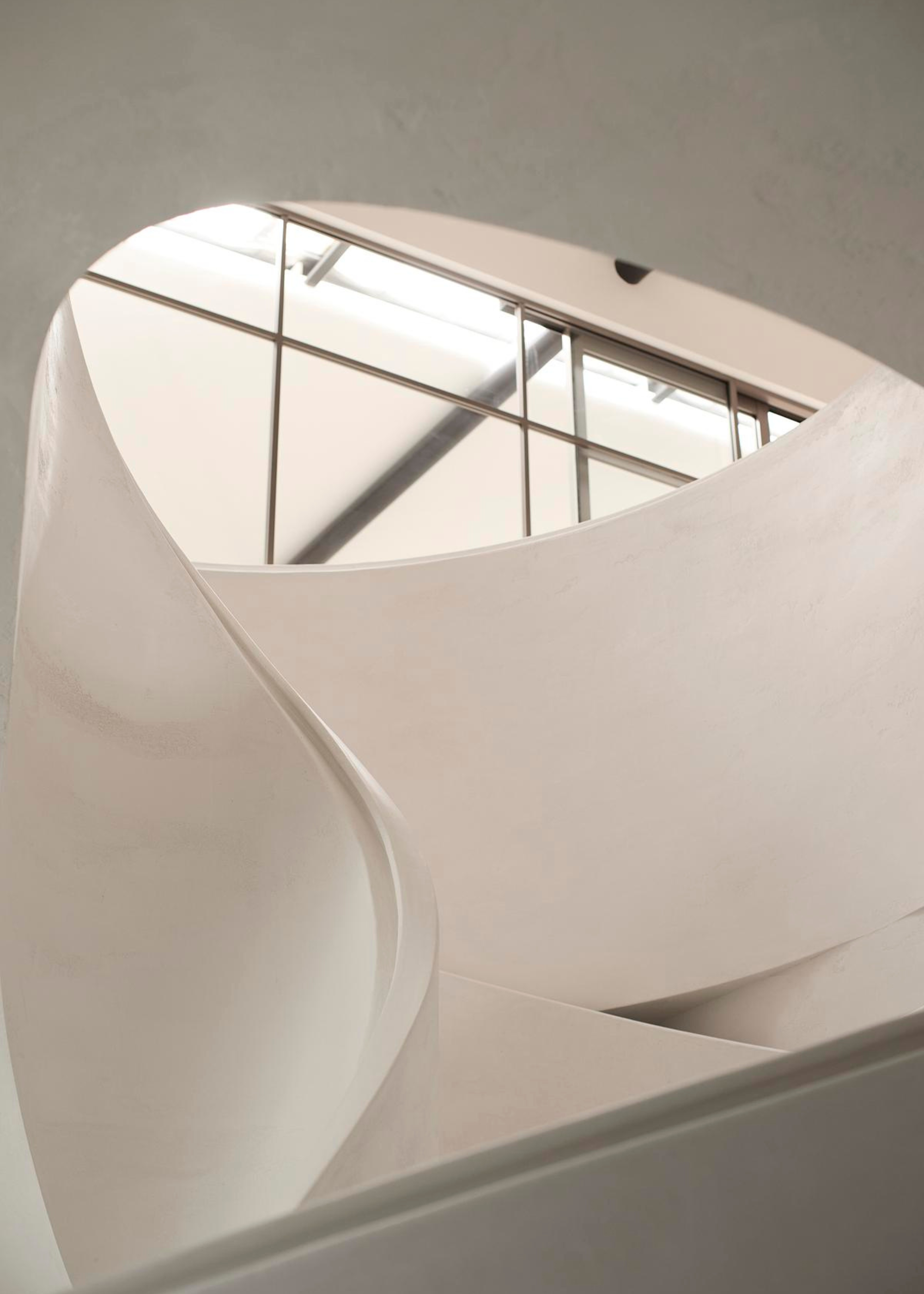
Zooming in, the banister is likely the most widely understood term within the language of staircases, but just in case you're not quite sure on the meaning, our experts are ready to thoroughly break it down for you.
"Put simply, a banister is the handrail you hold when you go up and down the stairs," explains Lucy Mather, interiors expert at Arighi Bianchi.
"It’s also one of the first points of tactile connection with a home, so it needs to feel considered - both in form and finish," she continues.
This explanation of the banister as a physical touchpoint is particularly illuminating. The banister forms the connective tissue of your home, leading from one floor to another, and providing a consistent flow through the home, so ensuring the material is reflective of the overarching feel of your interior design is crucial.
The use of the term can often become murky, as its definition can blur with that of other, similar design elements. The Brownstone Boys explain this, saying, "It’s often used interchangeably with 'railing,' but technically, the banister is the top part that’s supported by balusters."
What Is a Railing?
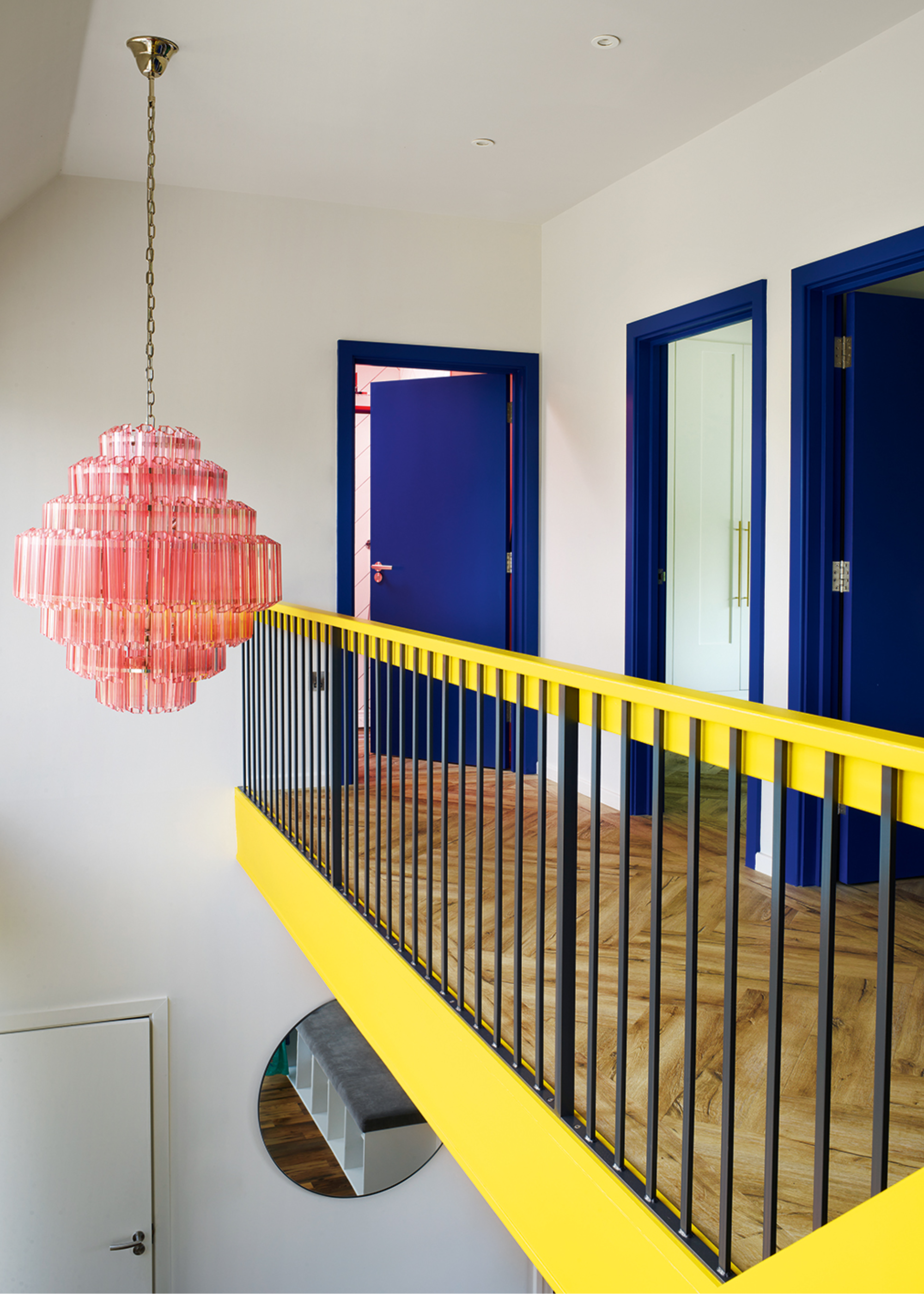
"'Railing' is a more general term that can describe any safety barrier, whether it's a simple handrail or a full balustrade system," explains the Brownstone Boys, "In more modern projects or minimal spaces, a railing might refer to something very sleek and pared-back — like metal rods or cable."
As previously mentioned, this term can often be used interchangeably with banister. However, while both terms can be used for interiors, when speaking about outdoor structures, railings is the most commonly used term.
"Traditionally used in outdoor terraces, Juliet balconies or transitional spaces like porches or garden stairs, railings tend to be simpler in design and focused on safety first," comments Lucy, "But that doesn’t mean they have to be dull. And they’ve been starting to make their way indoors in more minimalist or industrial-inspired interiors."
A railing is most typically a more minimalist, pared-back design, which is why they are traditionally used outdoors.
Louise Liu, from Studio Liu, adds, "A railing often refers to a more open balustrade, sometimes consisting of vertical or horizontal bars."
The meaning of this term is not necessarily concrete, and various different designs may be classed as railings, even if they don't fit into the aforementioned category.
With fifteen years of honed expertise gleaned from collaborating with prestigious studios in Australia and Hong Kong, Louise infuses a wealth of experience and a passion for crafting high-end residential and commercial projects for the discerning client.
When to Use a Balustrade

"Balustrades, to me, offer an architectural language of their own — sculptural yet grounded," comments Louise.
These striking, structural additions turn an entrance, or mezzanine, into a statement moment within your home; they're a way to inject an extra dose of drama into your design.
"Their fluidity introduces a sense of movement and drama, often providing contrast to the more rigid geometries of walls and thresholds," Louise continues, "Whether expressed in rich, moody timber or light, matte finishes like gyprock, we love using balustrades to create form-driven features that feel integrated yet artful. They anchor the space while offering an opportunity for storytelling through material and shape."
The materials and form you opt for will dictate the overall effect of this design addition, helping either bring balance to your space or act as a focal feature.
"We typically recommend balustrades when the railing system is part of a more formal or architectural moment — like at the top of a staircase landing, or along an open mezzanine," says the Brownstone Boys, "In historic homes, they’re often beautifully detailed and can become a real focal point, especially when restored or replicated with care."
In older properties, a balustrade can play a key role, either adding to the original charm or, if you choose a more modern design, providing some contrast. We love the look of a strikingly contemporary balustrade in an otherwise traditional space, allowing the stairs to act as a distinct design feature.
As Ashif says, "Balustrades really come into their own when the staircase is intended to be a design feature in its own right — think floating treads paired with laser-cut metal panels, for example. In contemporary open-plan homes, sleek, sculptural glass balustrades are brilliant for letting light flood through the space and turning the staircase into a visual journey. They maintain a seamless, airy flow between spaces, particularly when you’re working with mezzanines or split-level living."
Experimenting with materials and designs in this area of your home is a great way to bring a slightly more playful touch to your home, without sacrificing the design of your central living areas. They can also help to amplify the general design of your home.
"On the other end of the spectrum, a sweeping staircase with wrought iron balustrades, bold scrollwork, or Art Deco detailing brings undeniable theatre to the entranceway. It’s a showstopping look that’s timeless and totally Instagrammable," says Ashif.
When to Use a Banister

Much like a balustrade, banisters become standout features when they act as an extension of the wider home's design, not just a standalone element.
"I often see the banister or handrail not just as a functional necessity, but as an opportunity for tactile and visual refinement," comments Louise, "It’s the one element people physically interact with as they move through a space, so the materiality and feel underhand are crucial."
This aspect of materiality is particularly interesting when it comes to banisters. Not only does it present the opportunity to play with the tactile experience, but it also allows you to consider how this material will interact with the other design choices you've made in your home.
"In a period-style home, a polished timber banister can tie in beautifully with parquet floors or original architraves. Timber is the timeless choice, but there’s definitely a growing appetite for metal designs that give a hint of luxury while nodding to contemporary craftsmanship," says Lucy, "Don’t be afraid to play with materials - leather-wrapped banisters or brass rails can bring a bespoke, boutique-hotel edge to more modern schemes."
Bringing a surprising, unexpected material to your banister design can help elevate your home without overwhelming the space. However, a traditional design that pays homage to the original features of your home can look equally striking.
The Brownstone Boys say, "We love incorporating banisters when we’re restoring historic staircases, especially in brownstones where they’re often a beautiful, original architectural detail. A well-preserved or thoughtfully updated banister adds instant character and charm, and it's often one of the first things people notice when they walk in."
When to Use a Railing
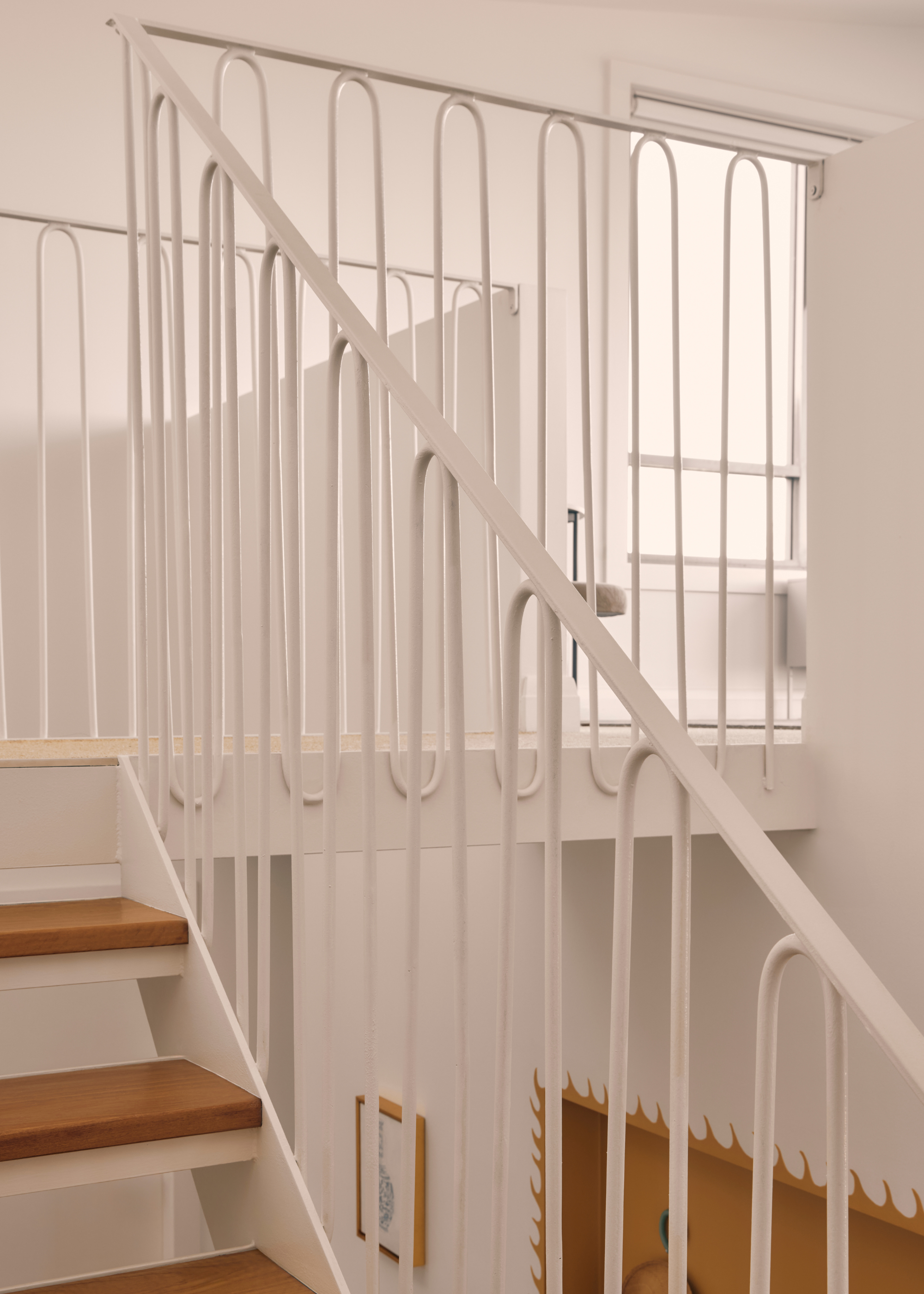
"Railings are a great option when you want something visually lightweight that’s also structurally sound, particularly in open-plan layouts or double-height spaces where you don’t want to visually disrupt the flow," explains Lucy.
The sleek minimalism of a railing makes it a more appropriate choice in a contemporary project, where any elaborate design would feel out of place.
"Slim, matte black metal railings work well in contemporary, loft-style interiors with an industrial chic theme, while metallic railings in muted golds, warm copper or brushed bronze work beautifully to complement earthy, neutral decor schemes, adding sophisticated gleam without overwhelming the palette," continues Lucy, "Minimal metal railings are also a brilliant choice for rooftop terraces, providing security without compromising on views."
As railings also refer to the structures used in outdoor spaces, there is a wider variety of designs to consider. Though they are equally as suited to indoor use, especially in modern homes.
The Brownstone Boys says, "For contemporary updates or minimalist spaces, we lean toward using the term 'railing' to describe streamlined designs. It's all about striking the right balance — something that feels current but doesn’t disrupt the architectural language of the home."
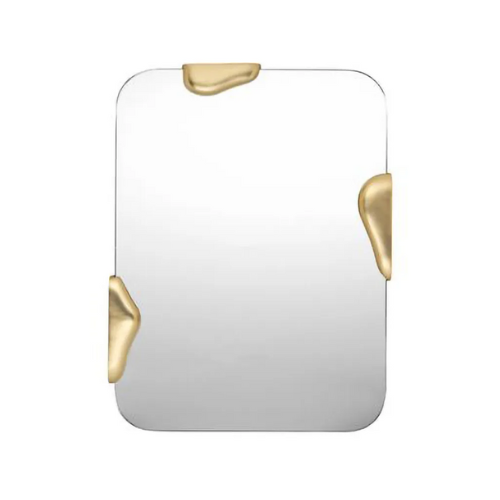
A statement mirror is one of my favorite things to place near an entryway. Not only does it make the space appear larger, but it also helps to elevate the design of your space. This stylish version from Broste Copenhagen has a luxe feel from the copper detailing, but is simple enough to still feel chic.
"When it comes to elevating staircases, balconies, or terraces, it can be easy to underestimate the power of the details. Banisters, balustrades, and railings may sound interchangeable, but they each bring a different design flavour to a home’s aesthetic. And understanding the difference can transform a functional necessity into a statement feature," explains Lucy.
Now that you have acquainted yourself fully with the complex intricacies of each design, it's time to get creative with it. These are some of our favorite staircase trends this year, or, if you need to bring some more color into your space, these painted staircases are a surprising way to do so.

Maya Glantz is a Design Writer at Livingetc, covering all things bathrooms and kitchens. Her background in Art History informed her love of the aesthetic world, and she believes in the importance of finding beauty in the everyday. She recently graduated from City University with a Masters Degree in Magazine Journalism, during which she gained experience writing for various publications, including the Evening Standard. A lover of mid-century style, she can be found endlessly adding to her dream home Pinterest board.

